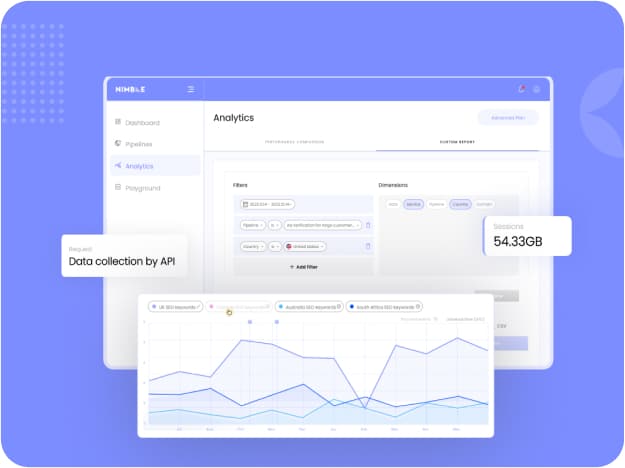Most popular articles
AI-Powered SEO and SEM Monitoring with the Nimble Platform

Nitzan Yeshanov |
September 9, 2023 5 min read



Facing an IP ban can disrupt your online activities, but this guide is designed to assist you. We’ll explain the ins and outs of IP…

